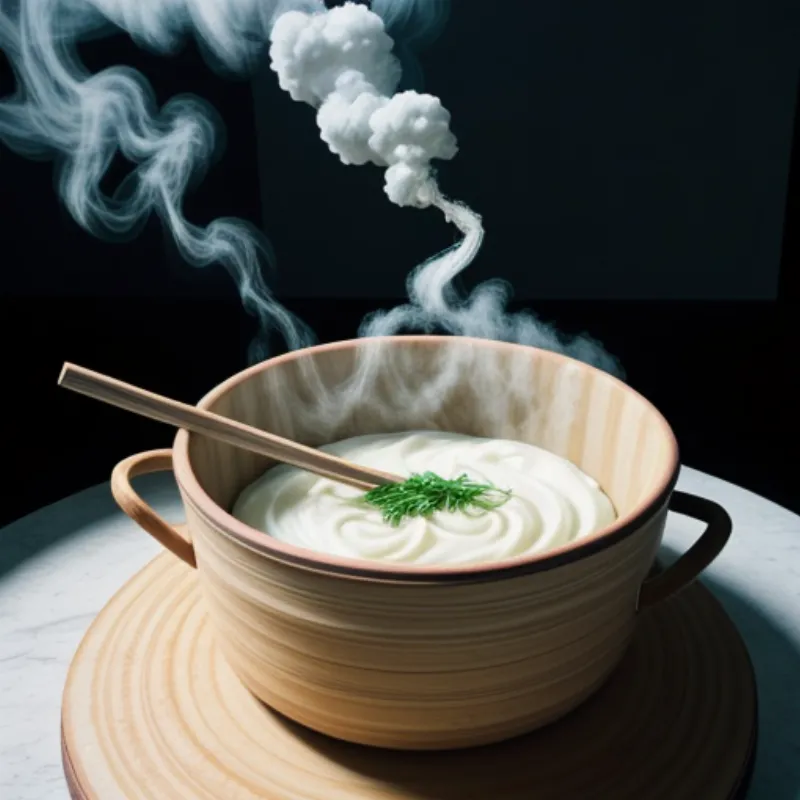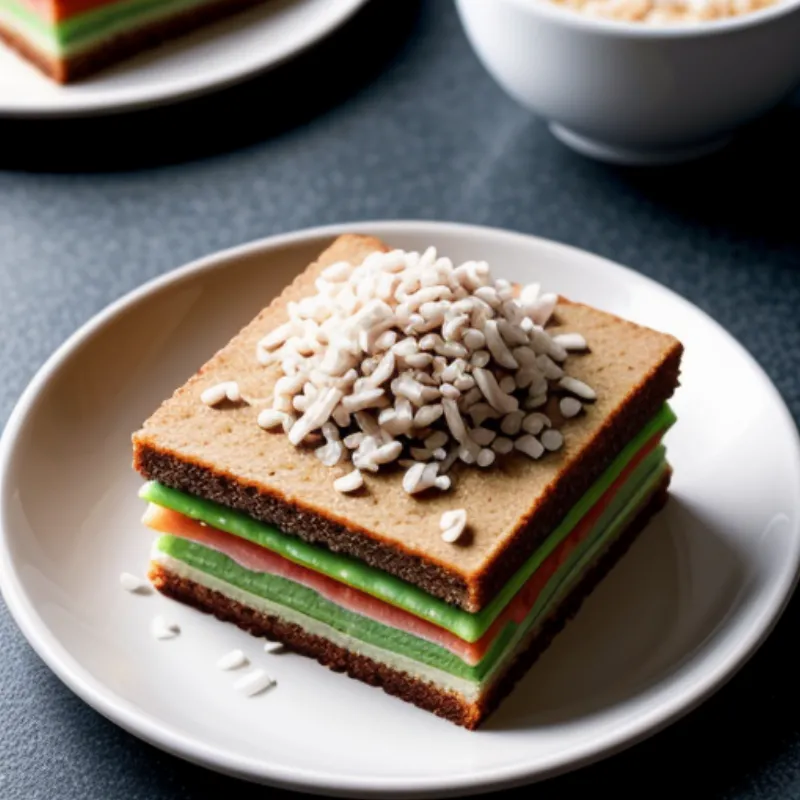Bánh khoai mì, also known as Vietnamese tapioca cake, is a beloved dessert in Vietnam. This chewy, slightly sweet, and incredibly satisfying treat is made with simple ingredients and is surprisingly easy to make at home. Whether you’re a seasoned baker or just starting out, this step-by-step guide will have you whipping up delicious bánh khoai mì in no time.
My grandmother first introduced me to this delightful cake during one hot summer in Hanoi. The aroma of tapioca flour steaming in the kitchen, the gentle sweetness dancing on my tongue, and the joy of sharing this treat with my family are memories I hold dear to my heart. Today, I’m excited to share this piece of my heritage with you.
Ingredients You’ll Need:
To embark on this culinary adventure, gather the following ingredients:
- 2 cups tapioca starch (bột năng)
- 1 cup sugar (adjust to your preference)
- 1/2 teaspoon salt
- 1 can (13.5 oz) coconut milk
- 1 cup water
- 1/4 cup shredded coconut (for topping)
- 2 tablespoons toasted sesame seeds (for topping)
A Note on Ingredients:
- Tapioca starch is the star ingredient, providing the cake’s signature chewy texture. Make sure to use tapioca starch and not tapioca flour, as they have different properties.
- Coconut milk adds a rich, creamy flavor. You can use full-fat or light coconut milk depending on your preference.
- Feel free to adjust the amount of sugar to your liking.
Tools of the Trade:
- A large mixing bowl
- A whisk
- A steamer pot
- A 9-inch round baking pan
- Parchment paper (optional)
Let’s Get Cooking:
Step 1: Creating the Batter
- In a large mixing bowl, combine tapioca starch, sugar, and salt.
- Gradually whisk in the coconut milk and water until the mixture is smooth and free of lumps. This may take a few minutes, so be patient and whisk thoroughly.
Step 2: Steaming the Cake
- While you prepare the batter, fill your steamer pot with water and bring it to a boil.
- Grease your baking pan with oil or line it with parchment paper to prevent sticking.
- Pour the batter into the prepared pan and place it in the steamer basket.
- Cover the steamer and steam the cake for 45-60 minutes, or until the cake becomes translucent and a toothpick inserted into the center comes out clean.
Step 3: Adding the Finishing Touches
- While the cake is steaming, toast the shredded coconut in a dry pan over medium heat until golden brown, stirring frequently to prevent burning.
- Once the cake is cooked, remove it from the steamer and let it cool completely in the pan.
Step 4: Serving and Enjoying
- Once cooled, carefully invert the cake onto a serving platter.
- Sprinkle the toasted coconut and sesame seeds evenly over the top.
- Cut the bánh khoai mì into squares or wedges and serve at room temperature.
 Steaming Vietnamese Tapioca Cake
Steaming Vietnamese Tapioca Cake
Tips for Bánh Khoai Mì Perfection:
- Lump-free batter: To prevent a lumpy batter, combine the dry ingredients first and gradually whisk in the liquids.
- Steaming time: Steaming time may vary depending on your steamer and the thickness of the cake. It’s better to err on the side of steaming longer to ensure the cake is fully cooked.
- Cooling time: Allow the cake to cool completely before cutting to prevent it from being too sticky.
FAQs about Bánh Khoai Mì:
Q: Can I use a different type of flour?
A: While tempting, tapioca starch is essential for the chewy texture of bánh khoai mì. Substituting it with other flours will result in a different texture and taste.
Q: Can I make this recipe vegan?
A: Absolutely! Simply use vegan sugar and ensure your coconut milk is vegan-friendly.
Q: How do I store leftover bánh khoai mì?
A: Store any leftovers in an airtight container at room temperature for up to 2 days. You can also refrigerate it for longer shelf life, but the texture might become slightly firmer.
 Sliced Vietnamese Tapioca Cake
Sliced Vietnamese Tapioca Cake
A Final Word:
Bánh khoai mì is a testament to the fact that simple ingredients, when combined with care and a dash of love, can create something truly special. This recipe is more than just a set of instructions; it’s an invitation to explore the world of Vietnamese cuisine and create sweet memories in your own kitchen. So gather your ingredients, put on your apron, and get ready to impress your family and friends with this delightful Vietnamese treat.
Don’t forget to share your culinary creations with us! Leave a comment below and tell us about your bánh khoai mì experience. Happy baking!
